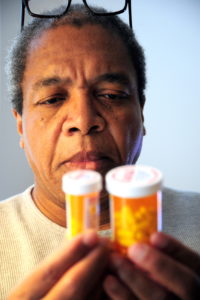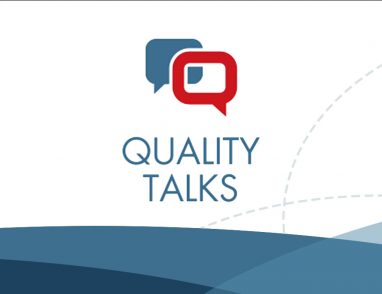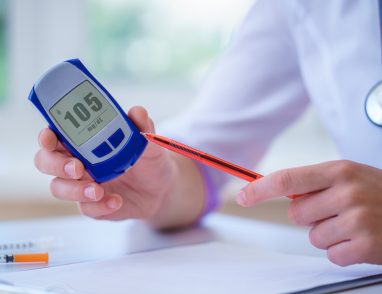Your Medication and How You Take It—Or Don’t
May 16, 2017 · Amy Maciejowski
“Doctor’s orders!”
Those words used to result in strict compliance. But these days, many people are not following them when it comes to taking medication—prompting a worrying health care trend.
As Jane E. Brody points out in her recent New York Times article, “The Cost of Not Taking Your Medicine,” more studies show patient reluctance to take medications as described.
It’s long been an issue that people stop taking prescribed antibiotics when they begin to feel better. Some people with chronic conditions are doing this, too. They’re prescribed a beta-blocker, for example, after a heart attack. They take it for a while, and then just… stop taking it. Or they don’t bother filling the prescription.

The numbers are staggering: according to some studies, 20%–30% of prescription medications are never filled. One study mentioned in the Annals of Internal Medicine found that about half the medications for chronic disease aren’t taken as prescribed. And people who do take prescription medications—whether for a simple infection or a life-threatening condition—typically take only about half the prescribed doses.
Brody suggests that medication nonadherence affects more Americans than any other disease. There’s a high price: it’s estimated to cost the American health care system between $100 billion and $289 billion a year. But the real kicker? Nonadherence is estimated to cause approximately 125,000 deaths each year, and is attributed to at least 10% of all hospital visits.
Why is this happening?
Maybe people aren’t properly educated on why a medication is important. Maybe they don’t like the side-effects. Maybe they don’t like taking pills, in general. Whatever the reason, doctors are worried. How can people get healthier if they won’t follow a treatment plan?
NCQA has an idea about that—it might be a bit unconventional, but it has to do with how a doctor’s office is organized, and a practice’s relationship with its patients. For example, patients in a Patient-Centered Medical Home (PCMH) have higher rates of medication adherence. A study conducted by the Annals of Internal Medicine found that, on average, NCQA-Recognized PCMHs had higher levels of medication adherence than non-recognized practices.
And that’s only one way PCMHs benefit patients, and benefit the overall health of Americans.
The PCMH model of care—and NCQA’s Recognition program, specifically—improves access to care, as well as rates for screening of certain cancers, diabetes management and many other aspects of care. Check out the studies here.
The evidence is there, and acknowledged. Both the federal government and individual states increasingly support practices in transforming how they organize and deliver patient care. With the CMS passage of MACRA, practices treating Medicare patients will now be rewarded for their work in delivering care using the PCMH method.
Patient-centered medical homes work. They help doctors improve rates of medication adherence in their practices. And that can be a real lifesaver.








